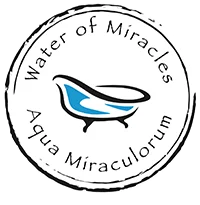
Methylene Blue is a Desirable Marker to Distinguish between Drugs Used in Plastic Surgery
In plastic surgery and dermatology, the difficulty in distinguishing between colorless, clear liquids like 75% alcohol, botulinum toxin, and local anesthetics such as lidocaine can lead to harmful patient outcomes if misused. Methylene Blue, a biological dye with various medical applications, has been explored as a potential solution to this problem. It’s already used in medical practices like localizing sentinel lymph nodes and relieving pain post-surgery.
The study utilized diluted Methylene Blue to mark different drugs, turning them distinct colors and thus making them easily identifiable. For example, lidocaine became light blue-green when marked with 1000-multiple diluted Methylene Blue, and 75% alcohol turned dark blue with a 200-multiple dilution. This method of marking drugs was tested in over 500 patients using lidocaine or ropivacaine marked with Methylene Blue, with no observed adverse side effects. This innovative approach can significantly improve the efficiency and accuracy of medical staff in identifying drugs, potentially preventing cases of drug misuse. While the initial results are promising, further clinical practice is needed to confirm the safety of drugs marked with Methylene Blue. The study, approved by an ethics committee, represents a step forward in enhancing patient safety in medical practices involving similar-looking substances.



